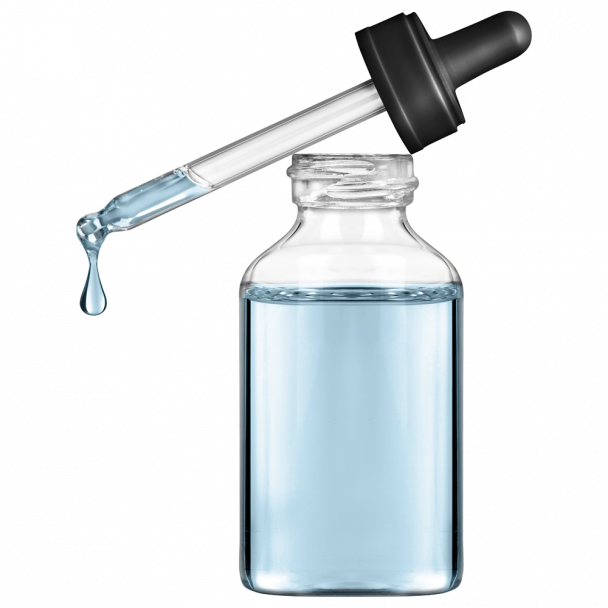
Immunisation innovation
1955 saw the first rollout of Jonas Salk’s inactivated polio vaccine. In 1961, Albert Sabin followed with his own oral polio vaccine. Today, these medical breakthroughs have virtually eradicated a devastating disease – and remain on the WHO List of Essential Medicines.
This was a landmark in more ways than one. Salk’s work broke new ground by cultivating and then ‘killing’ virus samples using formaldehyde, and Abel + Imray is proud to be listed as agents for developments in 1959. In the human body, this deceived the immune system into creating antibodies – with no need for a live virus inoculation. Before the coronavirus pandemic, it led to history’s biggest global public health effort. One that spanned almost every country on earth.
It also remains a milestone moment in law. Having been funded by charitable donations, Salk’s vaccine was never patented and he reportedly dedicated it to “the people”. Today, many point to this when denying patents for medical discoveries. In fact, lawyers analysed the possibility of a patent for the vaccine, but did not pursue it as it was unlikely to be granted due to ‘prior art’ – the idea that an invention is already publicly known. While polio is on the verge of being the second disease in history to be eradicated, the debate around patents for medical innovations continues.